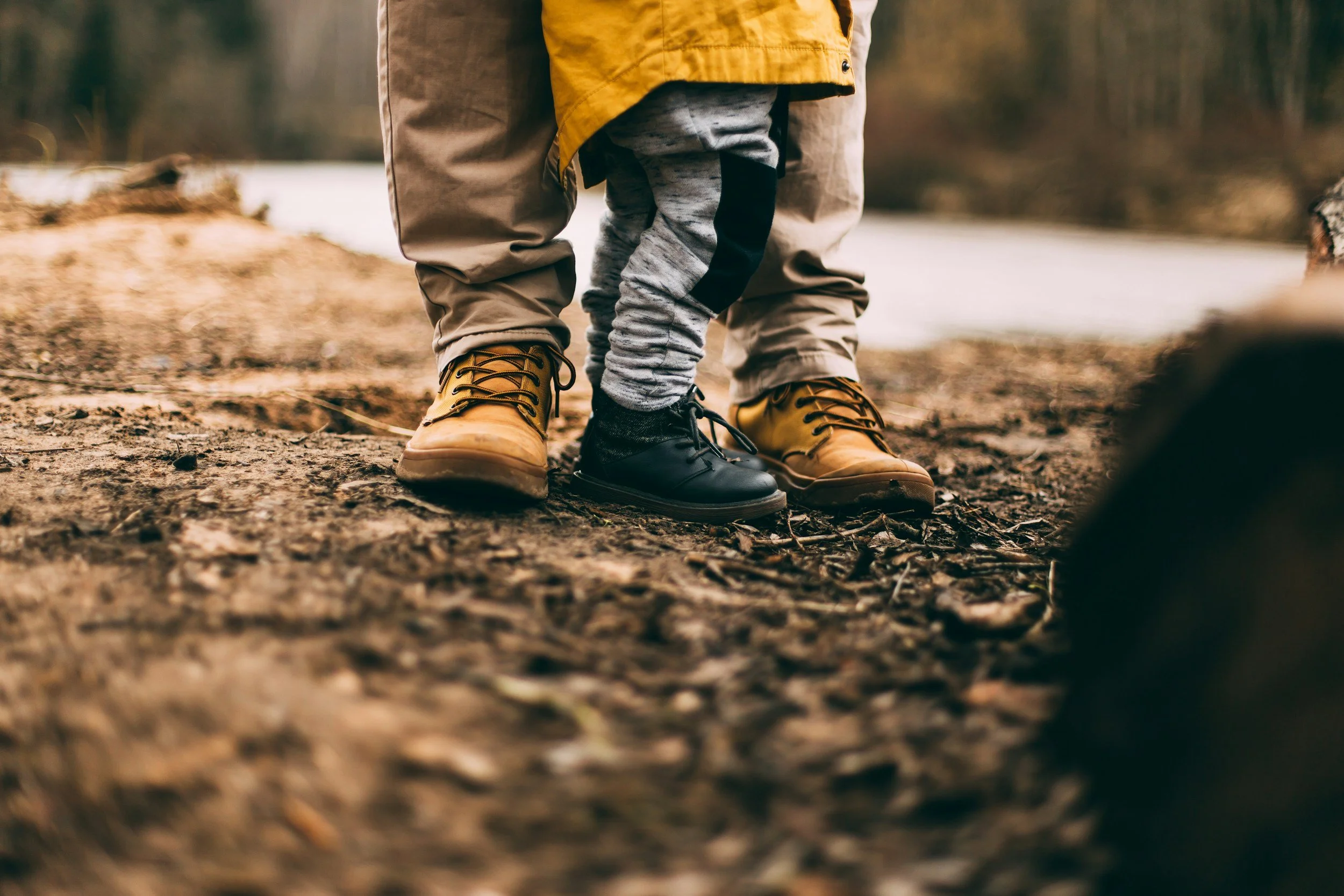
Our Impact
Together, we are ending the cycles of violence and abuse.
The Crisis in Oregon
Family violence is one of Oregon’s most urgent public health and safety crises.
1 million women and girls
Over 1 million women and girls in Oregon have been victims of domestic violence or sexual assault—double the national average.
40% of women + 36% of men
Nearly 40% of women and 36% of men report lifetime intimate partner violence.
69% of female homicides
69% of female homicides in Oregon are DV-related (vs. 20% of men).
More than half of children
More than half of children who are abused or neglected in Washington County also live in homes with domestic violence.
Child abuse is higher than the U.S. average:
Child abuse is higher than the U.S. average: 14.4 victims per 1,000 children in Oregon compared to 9.2 nationally.
52% of DV-related homicides
52% of DV-related homicides involve firearms; the presence of a gun increases the risk of homicide fivefold.
The Downstream Impacts
When violence goes unaddressed, the consequences spread across generations and communities.
44% of adults in Oregon
Children & ACEs: In Oregon, 44% of adults report 2+ ACEs and 22% report 4+. Nearly 1 in 4 children have already endured multiple ACEs—higher than the national average. Kids who witness violence are 5–7x more likely to become victims or perpetrators in adulthood.
25% of women lose housing
Homelessness: 25% of women lose housing due to DV. 57% of homeless families and 90% of homeless youth cite family violence as the cause.
26x more likely to misuse drugs
Health & Mental Health: Survivors are 26x more likely to misuse drugs, 12x more likely to misuse alcohol, and 2x more likely to suffer from chronic illness. 87% report significant mental health challenges.
$392,098 in lifetime costs
Economic Toll: Each survivor represents an average $392,098 in lifetime costs across healthcare, criminal justice, and lost work.
Our Solution: The Family Peace Center
Oregon’s fragmented systems force survivors to navigate dozens of agencies, often while homeless, traumatized, or isolated. The Family Peace Center (FPC) changes that.
By bringing 20+ partner agencies under one roof, we:
End fragmentation with seamless, coordinated services.
Provide housing navigation, counseling, peer support, and treatment to address housing loss, trauma, and substance use.
Break generational cycles with a therapeutic preschool, youth programming, and family supports so children can heal.
Expand access for rural and underserved survivors through transportation and culturally specific services.
Advocate for systemic change, advancing housing, healthcare, and accountability to prevent violence before it starts.
The Family Peace Center is both called for in Oregon’s DV SOS audit and recognized nationally as a best practice model for breaking cycles of abuse.
Our Impact to Date
Since opening in 2018, we have walked alongside 28,960 survivors on their journey to safety and healing.
In 2024 alone:
7,202 survivors served
11,691 services provided
And survivors tell us:
100%
felt they and their children were cared for.
99.4%
experienced trauma-informed care.
100%
received the help they needed to keep their families safe.

Together, We Are Changing the Statistics.
We Are Breaking the Cycle.
The Family Peace Center is more than a building—it is a place of safety, healing, and hope. It is a collaborative movement of compassion and resilience, where partners come together to surround survivors with the care they need. Every number is not just data—it represents a life restored, a family supported, a community made safer, and a future that can reach its full potential.

Give.
Help survivors of family violence
get the services they need all in one place.
